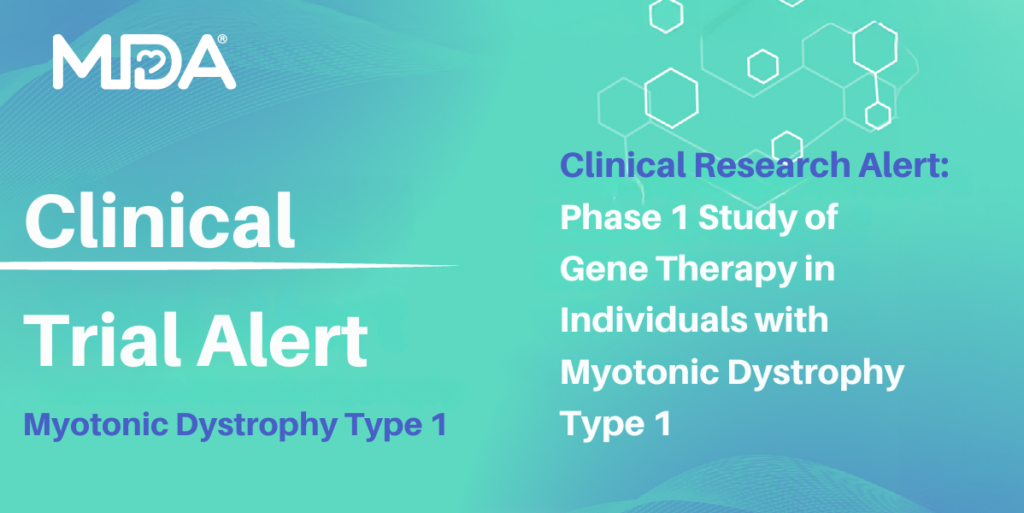
FDA Accepts NS Pharma’s NDA for Viltolarsen for the Treatment of DMD Amenable to Exon 53 Skipping
By Jeanene Swanson | Wednesday, February 26, 2020
On Feb. 7, NS Pharma Inc. (a wholly owned US subsidiary of Nippon Shinyaku Co. Ltd.), announced that the US Food and Drug Administration (FDA) accepted its New Drug Application (NDA) seeking approval under Priority Review for viltolarsen, an investigational therapy for the treatment of Duchenne muscular dystrophy (DMD) in patients amenable to skipping exon 53. Priority Review status requires the FDA to review the application and decide on whether to approve the drug within six months (the typical review period is 10 months). An anticipated decision is expected in the third quarter (July-September) of 2020. If approved, viltolarsen would be another option for the treatment of DMD in patients amenable to exon 53 skipping (last year, the FDA conditionally approved Vyondys 53, the first disease-modifying therapy for this patient population).
Positive clinical trial results support acceptance
The company’s NDA submission includes positive results from a phase 2 study and its long-term extension in the US and Canada, and from phase 1 and phase 1/2 studies performed in Japan. All studies measured changes in dystrophin levels and motor function across two doses of the drug.
In a phase 1, dose-ranging trial in boys with DMD, viltolarsen appeared safe, and seven out of 10 boys who received viltolarsen showed significant increases in dystrophin protein.
In October 2018, the company announced encouraging results from its phase 2 clinical trial in the US and Canada evaluating the safety and optimal dosing of viltolarsen in boys with DMD age 4 to 9 years. In the trial, participants (total number was 16) received either four weeks of treatment with the drug or placebo, followed by weekly intravenous infusions of viltolarsen at either 40 mg/kg or 80 mg/kg for a total of 20 to 24 weeks. Upon completion of the trial, all participants continued in an open-label extension for up to 144 weeks of treatment.
After 20 (placebo group) to 24 weeks of treatment, the amount of exon skipping increased in both dose groups and the amount of drug-induced dystrophin protein in muscle increased by an average of about 6% in both dose groups. Preliminary findings also suggested clinical improvement — as measured by timed function tests, including time to run/walk 10 meters (TTRW), time to stand (TTSTAND), and the six-minute walk test (6MWT) — in boys who received the drug compared to natural history study data.
There was one treatment-related adverse event (AE) — leakage of fluid around the infusion site. However, no treatment-related AEs required a reduction in dose or discontinuation of treatment, and all AEs were mild or moderate.
At the 24th Annual Congress of the World Muscle Society (WMS) in October 2019, interim data following 73 weeks (out of the planned 144-week study duration) of treatment appeared to support further development of viltolarsen.
The drug is also being tested in a phase 1/2 trial in Japan, which is a dose-finding study evaluating the safety and efficacy of intravenous viltolarsen in boys with DMD age 5 to 12 years. In the trial, participants (total number was 16) received either 40 mg/kg or 80 mg/kg of the drug for a total of 24 weeks. In October 2018, the company presented results showing increases in exon 53-skipping efficiency in a dose-dependent manner in all patients and drug-induced increases in dystrophin in muscle in 14 out of 16 patients, with a statistically significant increase in mean dystrophin level from baseline seen in the higher-dose cohort.
Nasopharyngitis and upper respiratory tract infection, occurring in four out of 16 participants, were the most common treatment-related AEs. However, no AEs required discontinuation of the study, and all AEs were mild or moderate.
Additional results presented at WMS in October 2019 showed that, although motor function decreased over time in all patients, the higher dose tended to lessen this decrease as measured by some timed function tests, including TTRW, TTSTAND, and 6MWT.
Exon-skipping strategy
DMD is caused by mutations in the dystrophin gene (DMD) on the X chromosome that result in little or no production of dystrophin, a protein essential to keeping muscle cells intact.
Exon skipping is a treatment strategy in which sections of genetic code are “skipped” (spliced out, or left out) during the protein manufacturing process, allowing cells to create shortened but partially functional dystrophin protein. Exon skipping is not a cure for DMD but potentially could lessen the severe muscle weakness and atrophy that is the hallmark of the disease.
In September 2016, the FDA approved Sarepta Therapeutics’ Exondys 51, the first disease-modifying drug to treat DMD specifically in patients with a mutation amenable to skipping exon 51. It’s estimated that 13% of boys with DMD could benefit from Exondys 51. In December 2019, the FDA approved Sarepta’s Vyondys 53 for the treatment of DMD in patients amenable to skipping exon 53 (an estimated 8% of patients could benefit). If viltolarsen is approved, patients with DMD amenable to exon 53 skipping would have a second treatment option.
Viltolarsen was granted Rare Pediatric Disease, Orphan Drug, and Fast Track designations by the FDA, as well as SAKIGAKE, Orphan Drug, and Conditional Early Approval System designations from the Ministry of Health, Labor and Welfare (MHLW) in Japan. (SAKIGAKE is a system that enables research, development, and application of innovative pharmaceutical products, medical devices, and regenerative medicines in Japan.)
A placebo-controlled phase 3 study (RACER53) to assess the efficacy and safety of viltolarsen in ambulant boys between 4 and 7 years old with DMD amenable to exon 53 skipping is now recruiting. To learn more, visit ClinicalTrials.gov and enter “NCT04060199” in the search box.
To learn more about the completed phase 2 trial, visit ClinicalTrials.gov and enter “NCT02740972” in the search box. To learn more about the open-label extension, enter “NCT03167255” in the search box.
For more information about the NDA acceptance, read the company’s press release.
TAGS: Clinical Trials, Drug Development, Exon Skipping, Research, Research Advances
TYPE: Blog Post
Disclaimer: No content on this site should ever be used as a substitute for direct medical advice from your doctor or other qualified clinician.




